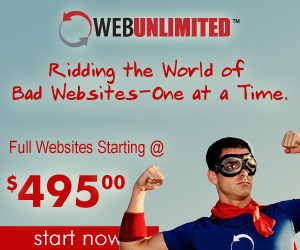Fact: Facebook has more users a day than Google. As well the users that come to Facebook spend more time there.
Facebook has two types of pages. The first is Facebook Page, which allow public figures, businesses, or brands a space to share information, interact with their fans and create an interactive forum on Facebook. The other, Groups focus less on a person, brand or business and more on a shared interest. Unlike Pages, Groups have a 5000-member limit. Pages can tie in with your account or brand, while Groups stand alone. Facebook Pages tend to work better for businesses while Groups do well for non-profits, interests and causes.
While Pages would seem to be the better option for most businesses, they’re really geared toward well-known brands. Note that to set up a page you must first have a personal Facebook account. Once set up you can create as many groups or pages as you wish. You can also invite other to be admin to the page. This means that they as well can add content to the page.
People may be more likely to subscrbe to your Page (become a “fan”) when they see the topic that follows the company name. For example Tahoe Business Monitor local busienss newspaper. Using this approach shows what kind of valuable information people will get if they subscribe to my Page. Not all of us have well-known brands like Coca Cola, Twitter or IBM.
Creating a new Facebook page also requires picking a category for your Page. There are three main choices: “Local,” “Brand, Product or Organization” or “Artist, Band or Public Figure.” For a business that services are localized choose “local”. If are looking to get your brand out there (out side the basin) look to “brand” as your category. Take a look at the categories and their subcategories to see where you best fit. This cannot be changed later.
Before Opening for Business
Prior to broadcasting that your Facebook Page is open for business, add some valuable content so people will see the benefits of subscribing:
Share tips on how to do things faster or more effectively with your product or service.
Post how-to videos or screencasts.
Announce free upcoming events or webinars.
Mention if you or someone from your company will be attendin an event for a potential meet up.
Import your blog entries.
If you’re not ready for a page or want to become familiar with Facebook Pages, subscribe to some other pages and visit them regularly. See which ones work, and what makes them better than those that don’t work well. As long as you don’t come across as overly promotional, you’ll do fine.

Speak Your Mind